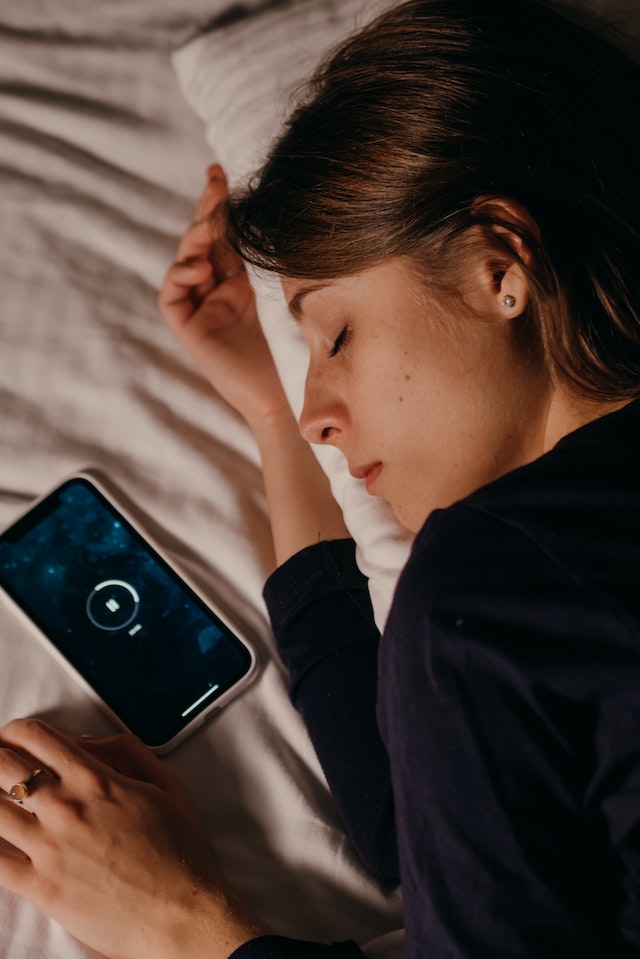Introduction
In today’s digital age, technology has become an inseparable part of our daily lives. We rely on screens for work, communication, information, and entertainment. While this technological evolution has undoubtedly brought convenience and connectivity, it has also raised concerns about its impact on our mental health. The increasing screen time and digital dependency have given rise to questions about how it affects our emotional well-being and overall mental health. In this article, we will explore the link between screen time and mental health and understand the importance of balancing digital habits to positively impact our well-being.
The Connection Between Screen Time and Mental Well-being
The Influence of Technology on Daily Life
Screens have woven themselves into the fabric of our existence, altering the way we interact with the world around us. From scrolling through social media to binge-watching our favorite shows, screens have become an integral part of our daily routines.
Understanding the Impact on Emotional Health
Excessive screen time has been associated with various emotional challenges, including stress, anxiety, depression, and feelings of loneliness. Prolonged exposure to screens can lead to a sense of disconnection from real-life interactions and experiences.
Recognizing the Warning Signs of Excessive Screen Time
Identifying the warning signs of excessive screen time is essential for self-awareness. Sleep disturbances, reduced focus, irritability, and neglecting real-life relationships are some red flags that suggest a need to reevaluate our digital habits.
The Power of Balancing Screen Time for Mental Health
Setting Healthy Boundaries with Devices
Creating boundaries for s

creen time can help us strike a balance between the digital world and our personal lives. Allocating specific time for screen usage and designating tech-free periods can promote mindfulness and reduce digital overload.
The Role of Mindful Engagement
Engaging mindfully with technology involves being fully present and intentional during screen time. Mindful engagement can enhance the quality of our digital experiences and reduce mindless scrolling.
Identifying Digital Habits that Enhance Well-being
Not all screen time is detrimental. We can identify and embrace digital habits that contribute positively to our mental health, such as using meditation apps, educational resources, or connecting with loved ones through video calls.
Strategies for Managing Screen Time and Prioritizing Mental Health
Creating a Screen Time Schedule
Developing a personalized screen time schedule can help us manage our digital activities more effectively. Allocating specific time for work, leisure, and relaxation while setting boundaries can promote a balanced lifestyle.
Limiting Social Media and Online Distractions
Social media and online distractions can consume significant portions of our day. Setting limits on social media usage and turning off non-essential notifications can reduce the negative impact of digital overstimulation.
Establishing Tech-Free Zones and Activities
Designating tech-free zones in our living spaces and engaging in offline activities can encourage face-to-face interactions, hobbies, and physical exercise, fostering a healthier balance between our digital and real-life experiences.
The Impact of Digital Detox on Mental Well-being
The Concept of Digital Detox
A digital detox involves consciously disconnecting from screens for a certain period. It allows our minds to rest, recharge, and reconnect with the world beyond the digital realm.
Benefits of Taking Regular Digital Breaks
Regular digital breaks can improve sleep quality, reduce stress, enhance creativity, and promote a greater sense of presence and mindfulness in our daily lives.
How to Successfully Implement a Digital Detox Plan
Implementing a digital detox plan requires commitment and intention. We can follow specific steps and strategies to create a successful digital detox experience that benefits our mental well-being.
Cultivating Mindful Technology Use for a Balanced Life
Practicing Mindfulness During Screen Time
Applying mindfulness principles to screen time can help us stay aware of our emotions, reactions, and thought patterns while using digital devices.
Mindful Social Media Engagement
Being mindful while using social media involves being conscious of our emotional responses to posts and interactions, avoiding comparison, and fostering positive connections.
Mindful Entertainment Choices
Choosing digital entertainment mindfully, such as engaging in educational content or pursuing creative hobbies, can contribute to our overall well-being and personal growth.
Nurturing Real-Life Connections in a Digital World
Balancing Virtual and Face-to-Face Interactions
While virtual connections are valuable, nurturing face-to-face relationships is crucial for our emotional health and genuine human connection.
Strengthening Relationships Beyond the Screen
Prioritizing quality time with loved ones in real-life settings helps build stronger and more meaningful connections beyond the digital realm.
The Joy of Unplugged Activities and Hobbies
Engaging in unplugged activities and hobbies provides opportunities for self-expression, relaxation, and personal growth outside the digital world.
Embracing Technology for Positive Mental Health
Utilizing Digital Tools for Mindfulness and Meditation
Many apps and digital tools offer guided mindfulness exercises and meditation practices that can promote relaxation and reduce stress.
Accessing Mental Health Support Apps and Resources
Technology provides access to mental health resources, online counseling, and support groups, making mental health support more accessible and convenient.
Harnessing Technology for Stress Management
Digital platforms offer stress management tools and techniques that can help us cope with daily pressures and challenges.
Empowering Children and Teens to Manage Screen Time
Understanding the Impact of Excessive Screen Time on Youth
Helping children and teenagers understand the potential effects of excessive screen time on their mental health can encourage them to develop healthier digital habits.
Setting Healthy Screen Time Guidelines for Children
Establishing age-appropriate screen time guidelines and fostering open communication with children about their digital experiences can promote responsible tech use.
Fostering a Healthy Tech-Balance in Teenagers
Encouraging teenagers to balance screen time with other activities, such as outdoor play, socializing, and hobbies, supports their overall well-being and development.
Overcoming Challenges: Dealing with Digital Dependence
Recognizing Signs of Digital Dependence
Recognizing the signs of digital dependence, such as compulsive device use and difficulty disconnecting, is crucial in addressing potential addiction.
Seeking Support for Digital Addiction
For individuals struggling with digital addiction, seeking professional help, support groups, and counseling can be instrumental in reclaiming control over screen time.
Building Resilience and Positive Coping Mechanisms
Developing resilience and positive coping mechanisms enables individuals to navigate digital challenges and maintain their mental well-being in the digital world.
Sustaining Positive Changes: A Mindful Digital Future
The Journey to Sustainable Screen Time Habits
The path to sustainable screen time habits involves continuous self-awareness, evaluation, and adaptation to maintain a healthy balance.
Maintaining Balance in an Ever-Changing Digital Landscape
As technology evolves, we must continually reassess our digital habits and make adjustments to ensure that we maintain a mindful.
Cultivating a Mindful and Tech-Savvy Lifestyle
Fostering a mindful and tech-savvy lifestyle allows us to embrace technology’s benefits while prioritizing our mental health and overall well-being.




